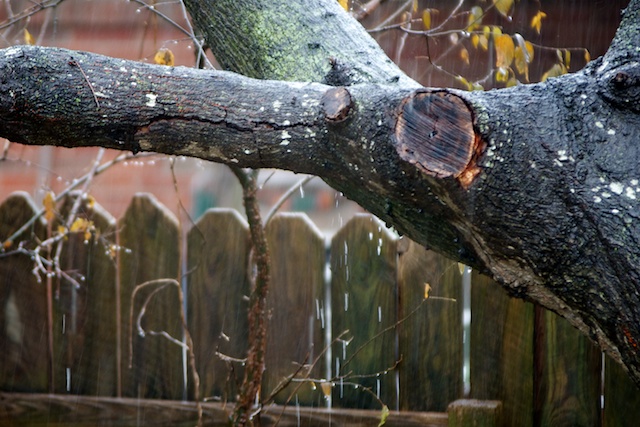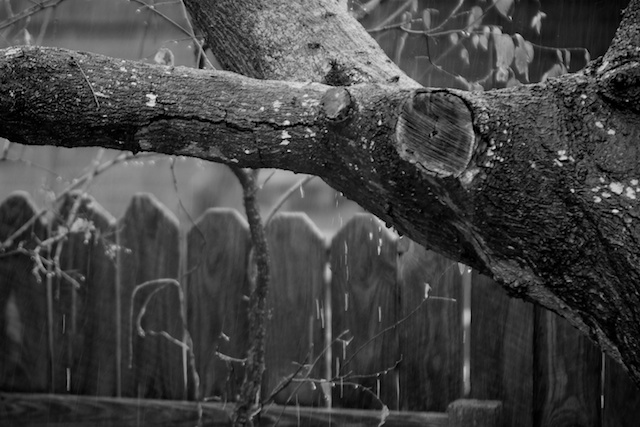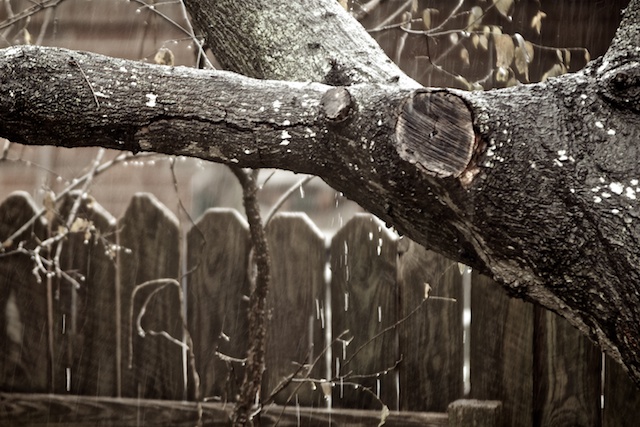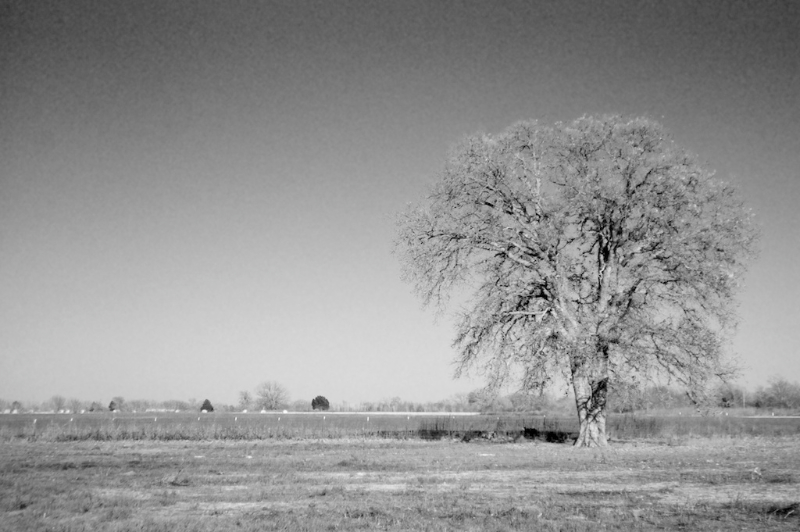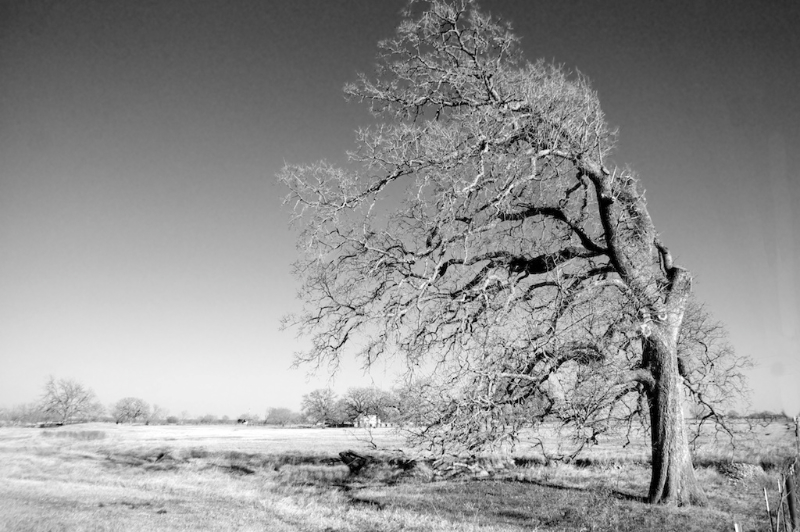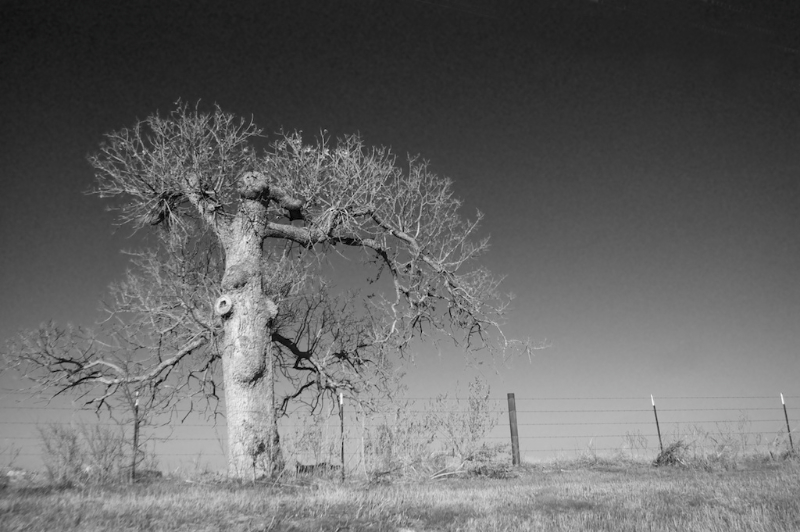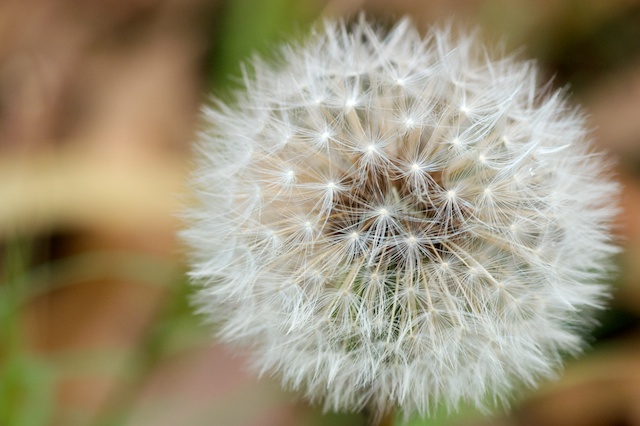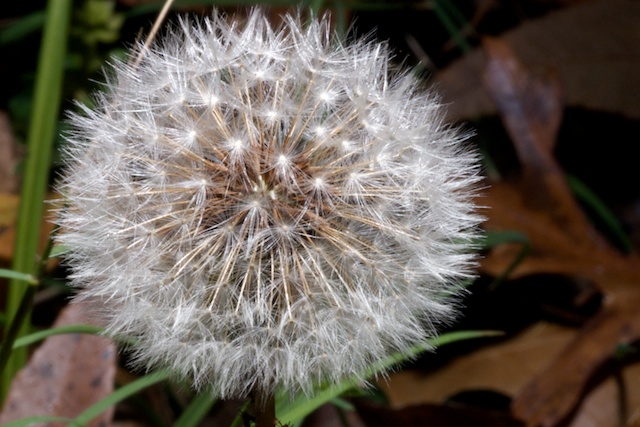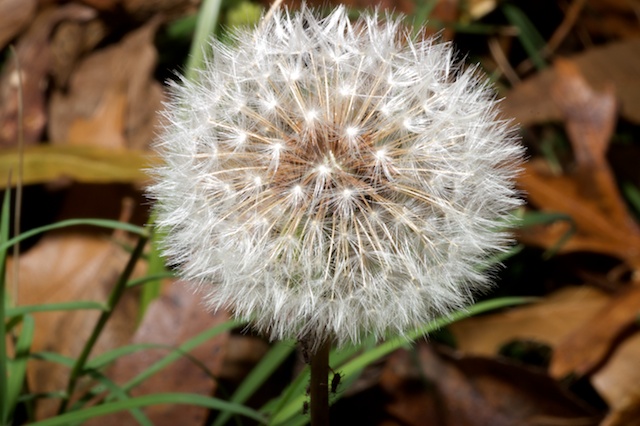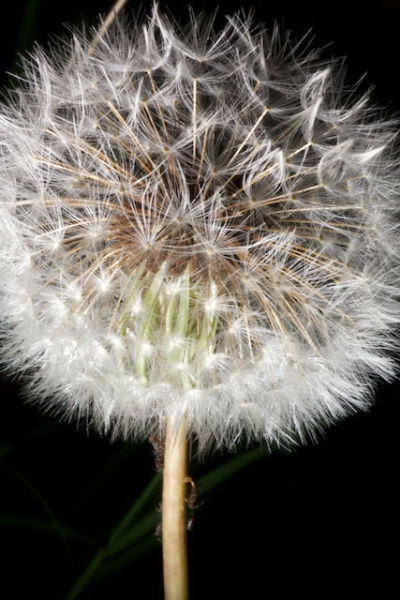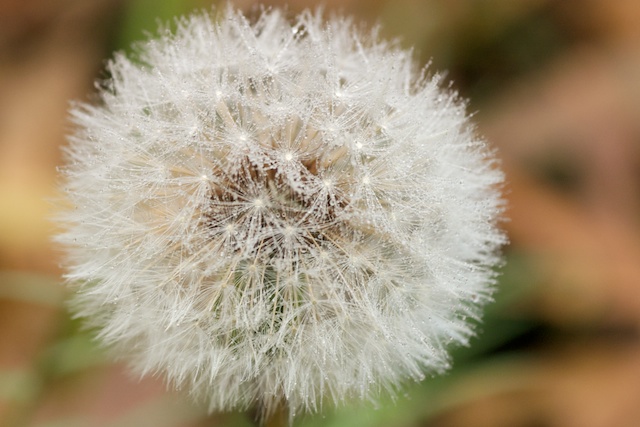I haven’t posted in a few days. Cindy is finishing the edits for the wedding I shot with her three weeks ago. Once she is done, I can post my images here.
We have been discussing an album for the couple. I have used Aperture for other books. The problem was there is no way of exporting the compiled pages except as pdf files. So, you are limited to using Apple’s vendors to produce the book. Their prices are reasonable, but there is not a whole lot of selection. Now, I see Apple has allowed a few high end vendors to produce plug ins that allow for the ordering of really high end books.
In spite of that, it appears there is much better flexibility by producing a book outside of Aperture. I have been trying to learn a program called PhotoJunction that interacts with a variety of vendors to allow for the design and production of books. So, I have spent some time the last couple of days trying to learn this program. For the most part, it is intuitive and utilizes lots of drag and drop procedures.
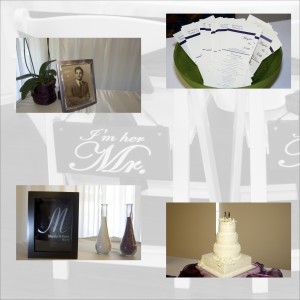
Additionally, I am looking at a web site called albumexposure that allows users to upload compiled albums and then allows the customer to look at them and proof them. After all changes have been made, then the album can be ordered from a variety of vendors directly from this web site.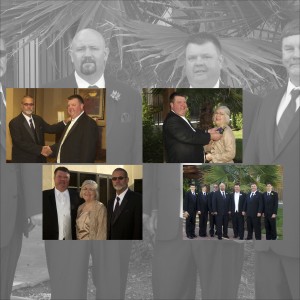
I have found out that there are essentially two different categories of such albums. The “press” books are produced by using one image per page. (The images can be multiple pictures like the one above.) These are then printed on book/magazine quality paper. The resulting book is like a standard coffee table book. The process is relatively cheap, and the price of the books that are produced depends on covers and linings, but is relatively inexpensive.
The “matted” books print the images on photographic paper. Although the templates allow for multiple images on the same page, apparently the production process will not allow for any overlap of the images. So, in my page above, the four pictures would be printed on the page, but not the background image. The resulting photographic print is then adhered to a mat, making the pages very much thicker. This is kind of like an old style scrapbook, but one of extremely high quality. In looking at various vendors for these, it would be easy to spend $500 on a book. In one case, the cost of the book was $6500!





